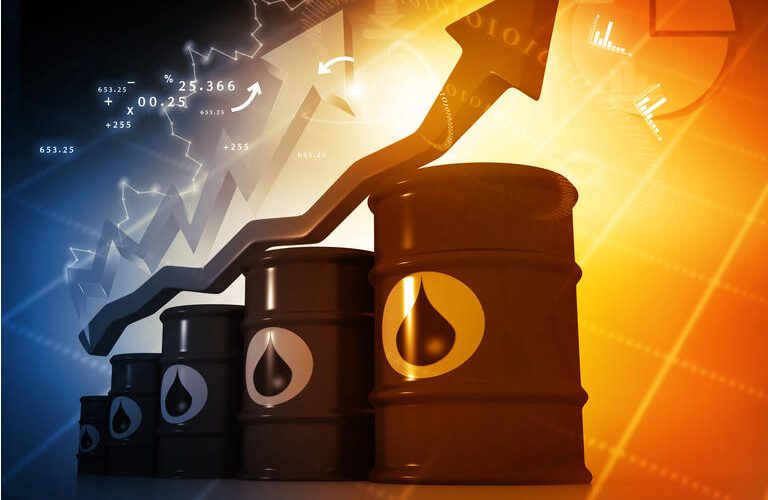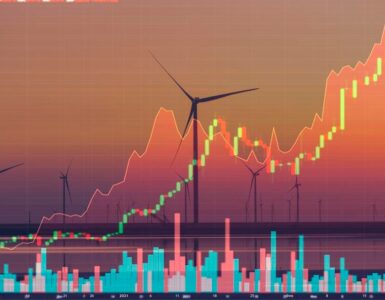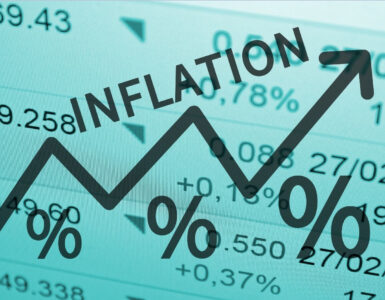Goldman Sachs predicts a new high in oil demand in 2022, and again in 2023.
Damien Courvalin, the investment bank’s head of energy research, also said Friday that oil at $100 per barrel was a possibility.
Oil demand was already at record levels before the latest omicron variant hit, and furthermore, demand for air travel should continue to recover, he said.
“We’ve already had record high demand before this newest variant, and you’re adding higher jet demand and the global economy is still growing,” Courvalin said in an energy outlook briefing with reporters on Friday. “You see how we will average a new record high in demand in 2022, and again, in 2023.”
Both international benchmark Brent crude and U.S. crude prices have spiked above $80 in recent months as post-pandemic demand outstrips supply. Surging natural gas prices have also caused crises around the world, most notably in Europe.
The omicron variant has dampened sentiment, however, pushing prices back to just above $70 in recent weeks.
Meanwhile, Courvalin expects restrictions that were hurting air travel to ease.
Air travel has been slow to recover, in part because of Asia, he said. “Until very recently, countries like Australia, New Zealand Singapore, were very aggressive on limiting international transfer. That’s easing,” he said.
“We’ll have to wait for this wave to pass but that suggests that international travel should recover further next year,” he said, predicting that oil prices will be at $85 per barrel for 2022, with an upside risk that prices could go $5 to $10 higher.
Oil at $110?
Courvalin said he would not rule out the possibility of oil prices hitting $100, and there are “two paths” that could lead to that.
The first is that costs go up as oil companies ramp up production. “There’s inflation, everywhere else in the economy, and eventually there’s inflation in oil services,” he said.
The other possibility is if the supply of oil can’t meet the demand as global economies reopen from the pandemic.
Courvalin said oil prices could go as high as $110 as demand destruction occurs to slow the market. That’s “quite conceivable,” he added.
There had already been concerns over high oil prices sending the market toward demand destruction, which occurs when demand plunges during a brief period of time, caused by a sustained period of high prices.
OPEC+ — which is made up of Organization of the Petroleum Exporting Countries, and its allies including Russia — have said they could meet earlier than their planned Jan. 4 meeting if changes in the demand outlook warrant a review, Reuters reported. OPEC+ has plans to add another 400,000 barrels per day of supply in January, according to Reuters.
Source: CNBC










